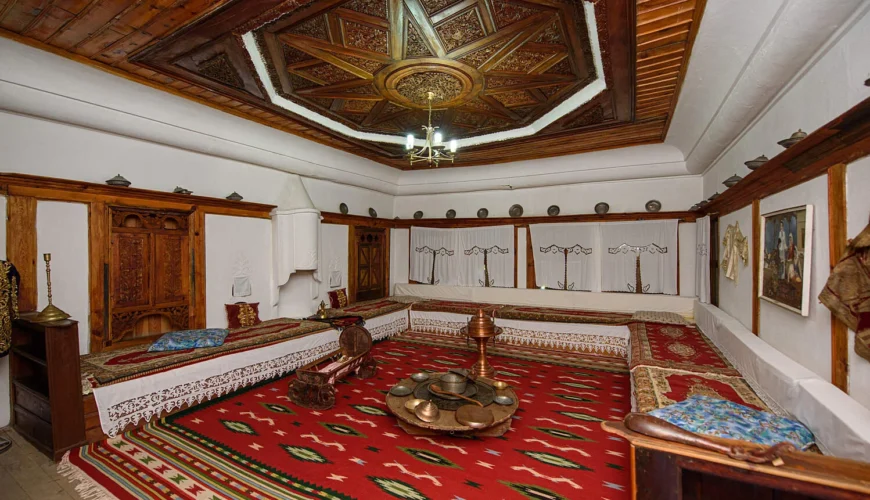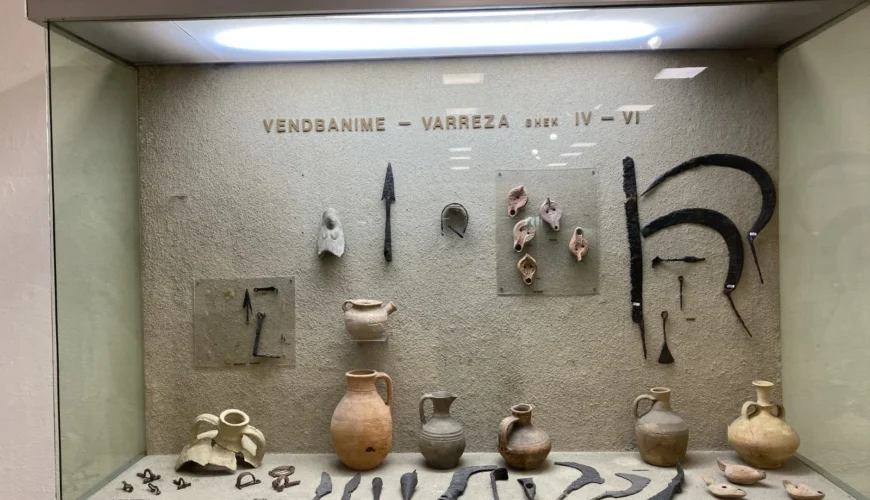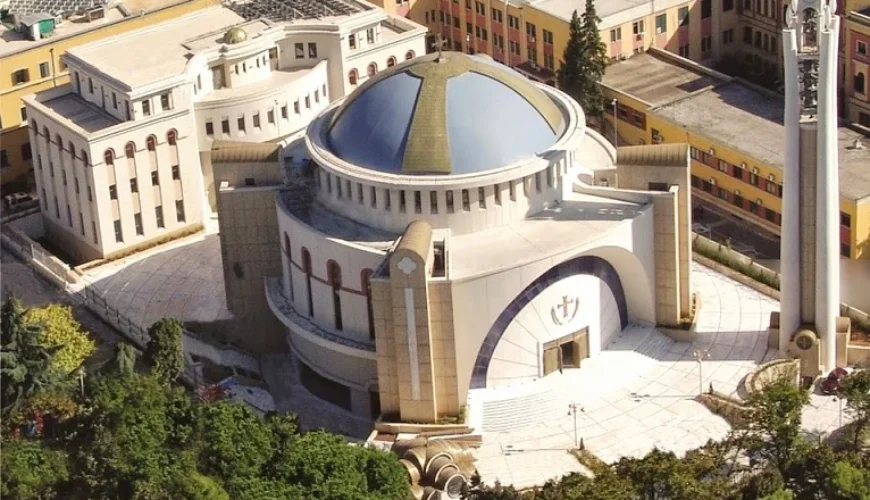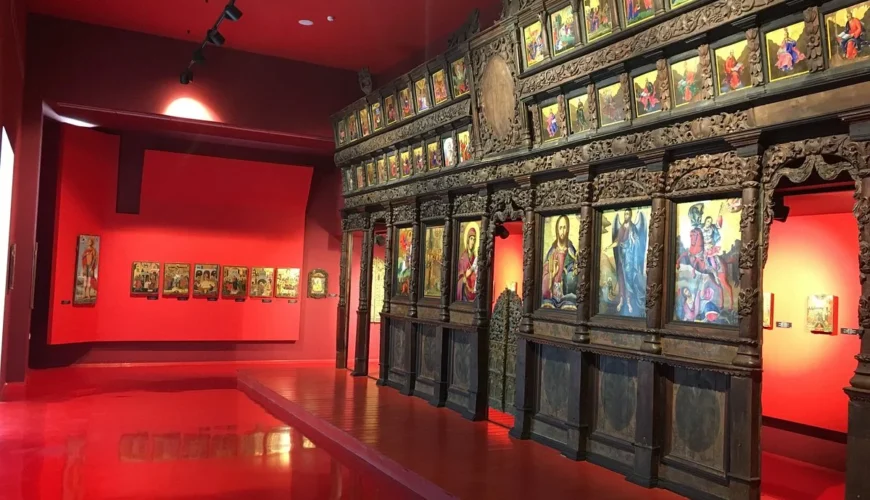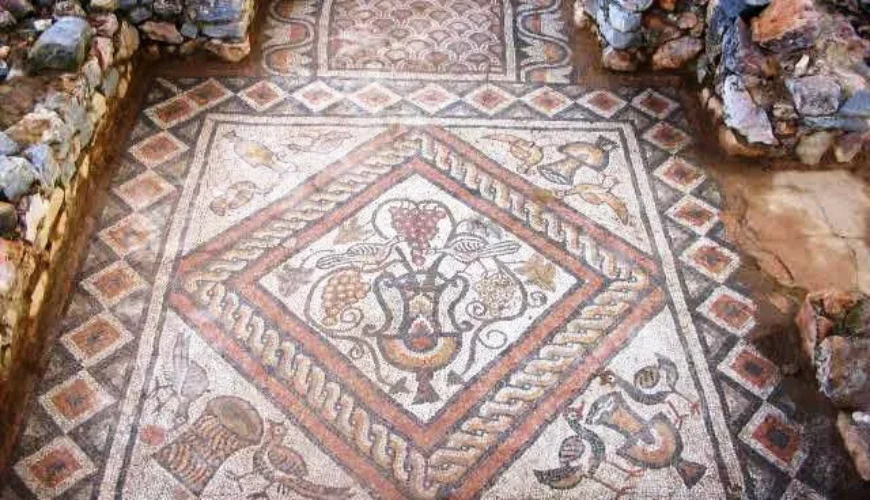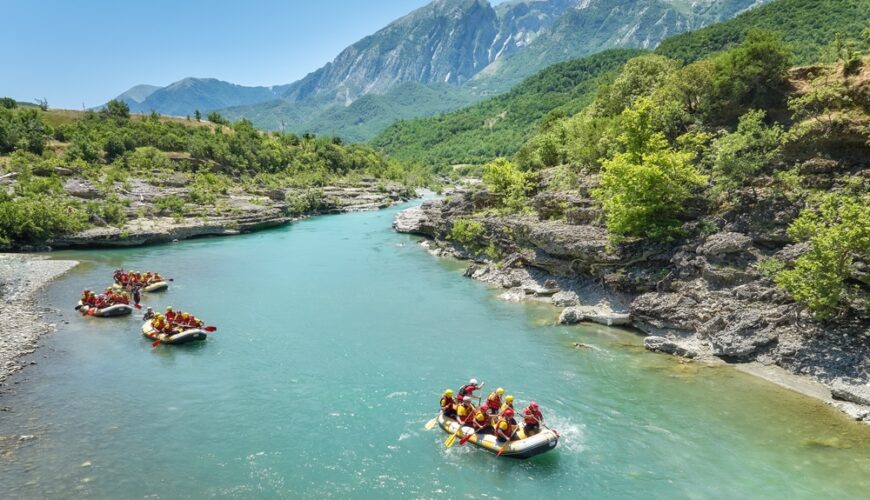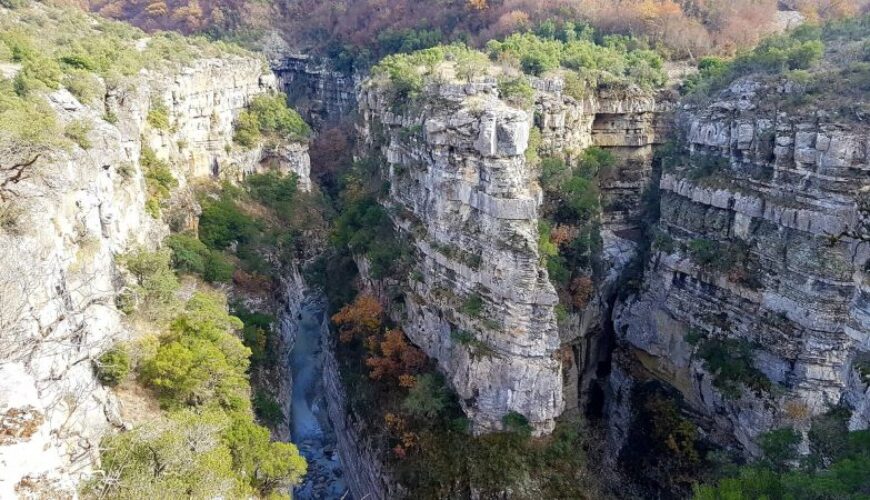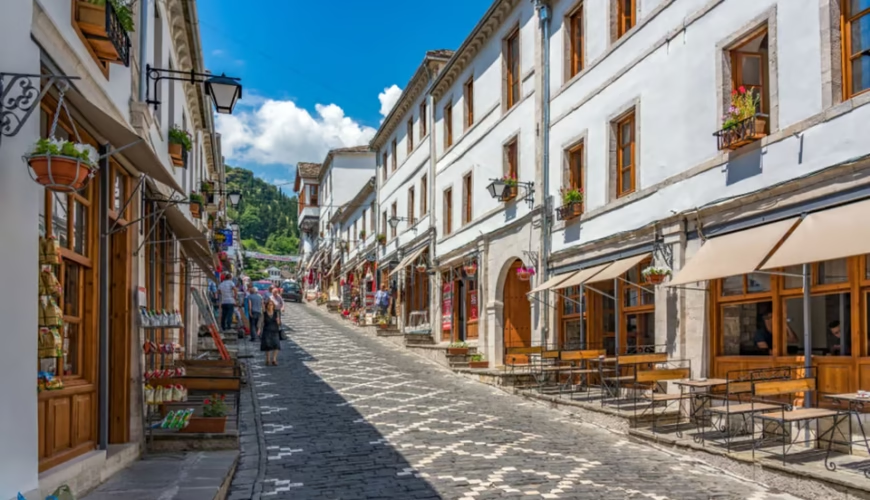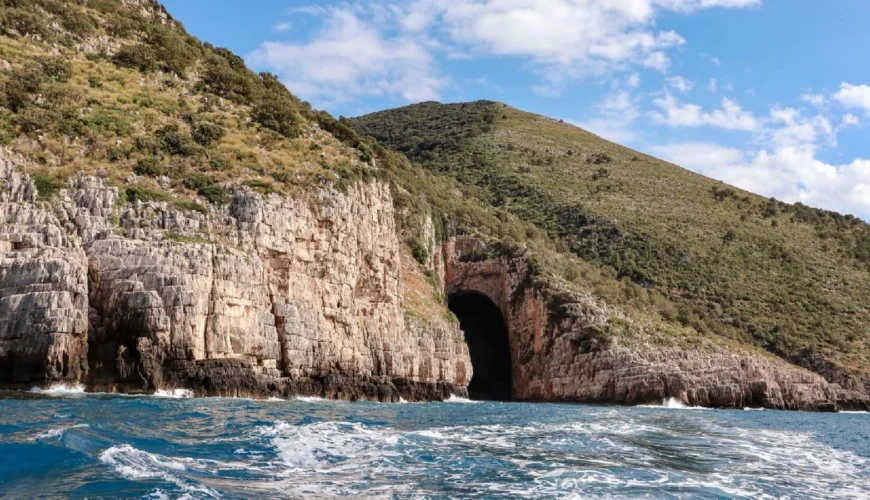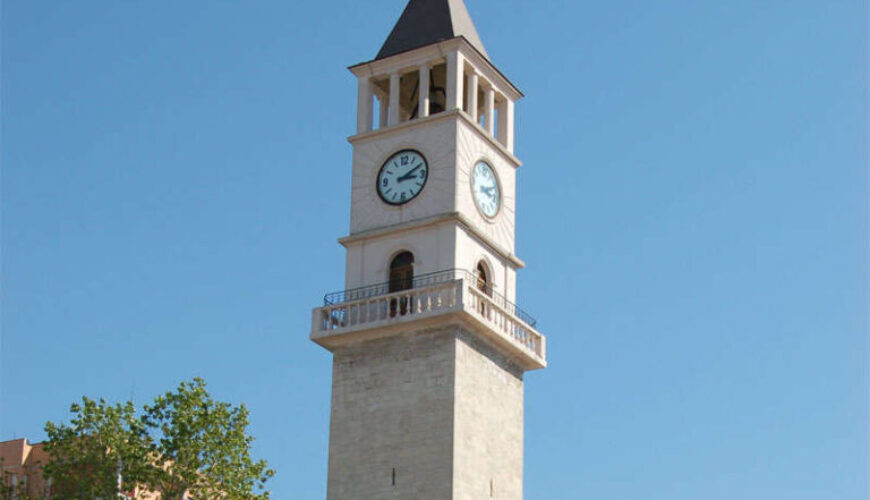Ethnographic Museum of Elbasan: A Cultural Treasure in Albania
Key Takeaways The Ethnographic Museum of Elbasan offers a deep insight into Albanian traditions, customs, and daily life]. Located in central Albania, Elbasan has played a vital role as a crossroads of cultures and history. The museum’s architecture reflects traditional Albanian and Ottoman influences, adding to its historical charm. Its collections include traditional costumes, tools, […]
Tirana National Archaeological Museum: Albania’s Cultural Treasure
Tirana National Archaeological Museum is not only Albania’s foremost institution dedicated to its archaeological heritage but a vital symbol of its ancient history. Situated in the heart of Tirana, this museum plays a crucial role in preserving the past for future generations. It serves as a window into the diverse cultures that have shaped Albania […]
Resurrection of Christ Orthodox Cathedral: A Symbol of Religious Freedom in Albania
Key Takeaways The Resurrection of Christ Orthodox Cathedral is a monumental symbol of Albania’s religious revival and cultural renewal. The cathedral’s construction marks the rebirth of Orthodox Christianity after decades of communist repression. Its architectural style blends traditional Byzantine influences with contemporary building techniques, creating a timeless yet modern structure. The cathedral serves as a […]
National Museum of Medieval Art: A Treasure of Albania’s Cultural Heritage
Key Takeaways The National Museum of Medieval Art in Albania preserves a rich collection of medieval icons, frescoes, and religious artifacts. Located in Korçë, the museum is easily accessible with various transport options and facilities for all visitors. Founded in the early 20th century, it has grown to become a vital institution for preserving Albania’s […]
Lin Ancient Mosaics: Exploring Albania’s Historical Tapestry
Key Takeaways Lin Ancient Mosaics date back to the 6th century AD, reflecting early Christian artistry in Albania . The mosaics showcase vibrant geometric, floral, and figurative motifs, exemplifying Byzantine craftsmanship. Located on a scenic peninsula near Lake Ohrid, their discovery has significantly enriched Albanian archaeological history. Preservation efforts focus on combating environmental challenges, ensuring […]
Vjosa River in Albania: A Comprehensive Guide
Vjosa River, often hailed as a jewel of Albania, is a major river system that flows through the heart of the country. It stands out as one of the last large, free-flowing rivers in Europe, offering a pristine example of nature’s untouched beauty. The Vjosa’s natural course, unhindered by dams or artificial structures, not only […]
Langarica Canyon: Your Ultimate Guide to a Natural Wonder in Albania
Key Takeaways Langarica Canyon is a stunning natural formation carved by the Lengarica River in southern Albania, offering breathtaking cliffs and untouched beauty. Accessible from Përmet and nearby towns, it can be reached by car or organized tours. The canyon presents activities such as hiking, thermal springs swimming, and wildlife observation. Efforts to conserve its […]
Gjirokastra Bazaar: A Cultural Gem of Albania
Introduction The Gjirokastra Bazaar is a historical landmark and vibrant cultural hub nestled in southern Albania. As a vital part of the Gjirokastra Historic Centre, a UNESCO World Heritage site, this marketplace showcases Ottoman-era architecture and continues to be a bustling center of social activity. Its steep cobbled streets and diverse architectural styles create a […]
Haxhi Ali Cave: Albania’s Natural and Cultural Marvel
Introduction Nestled within the rugged beauty of the Albanian coastline lies a hidden gem known as Shpella e Haxhi Aliut, or Haxhi Ali Cave. This natural and cultural site is not only a marvel of geological artistry but a rich tapestry of history and folklore. Haxhi Ali Cave is carved into the cliffs of the […]
The Clock Tower of Tirana: A Beacon of History
Key Takeaways The Clock Tower of Tirana is a symbol of the city’s rich history and cultural identity. Built between 1811 and 1812 by Haxhi Et’hem Bey, it served as a crucial timekeeping and spiritual reference point. Its architectural style blends Ottoman design with influences from Western and Romanesque trends. Throughout its history, the tower […]

